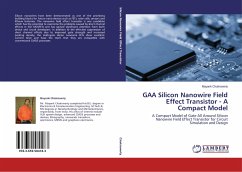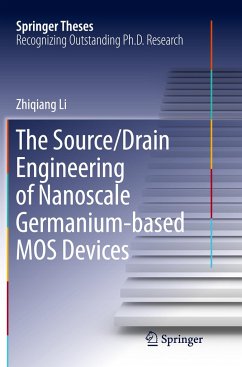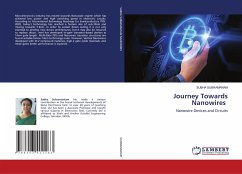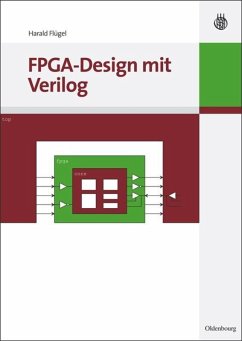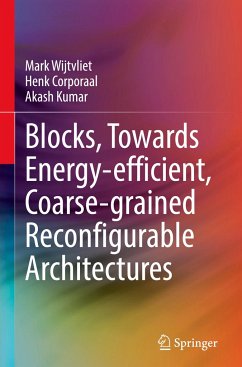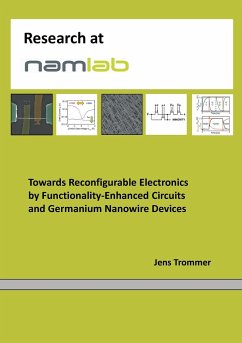
Towards Reconfigurable Electronics by Functionality-Enhanced Circuits and Germanium Nanowire Devices

PAYBACK Punkte
0 °P sammeln!
For more than five decades digital integrated circuits have become more efficient with every technology generation. This trend has been mainly driven by the downscaling of the transistor size, which goes hand in hand with a lower cost per function. However, with classical miniaturization reaching towards the size of a few atoms, the quest for alternative solutions to increase the system functionality without the need for scaling down device dimension has risen. One particular promising solution to this question are polarity-controllable transistors, which merge the electrical properties of uni...
For more than five decades digital integrated circuits have become more efficient with every technology generation. This trend has been mainly driven by the downscaling of the transistor size, which goes hand in hand with a lower cost per function. However, with classical miniaturization reaching towards the size of a few atoms, the quest for alternative solutions to increase the system functionality without the need for scaling down device dimension has risen. One particular promising solution to this question are polarity-controllable transistors, which merge the electrical properties of unipolar n- and p-type field effect transistors into a single universal device type. The novel device concept relies on the unique properties of sharp gated Schottky junctions within semiconductor nano-channels to adjust the charge carrier flow. A volatile electrical programming signal is used to set the devices into a state of either electron or hole transport. It is envisioned that these devices can be employed to enable a fine-grain dynamical reconfiguration of circuit elements, which would provide a higher functionality with the identical amount of hardware building blocks. The scope of this work is to advance the state of the art on polarity-controllable devices on the material, device and circuit level.




